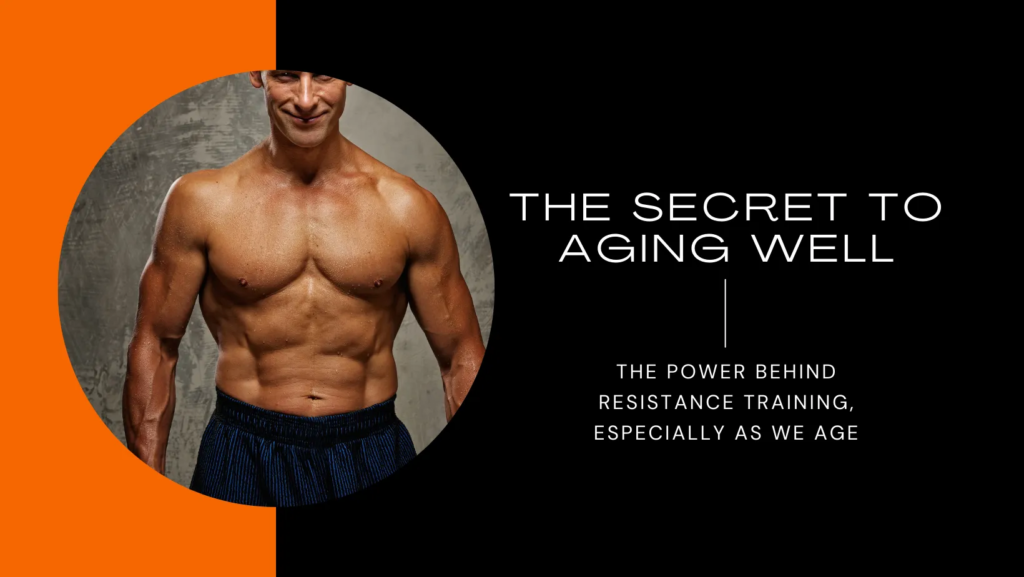Doctors have been encouraging the population to take up running (I use the term loosely) for over a decade now to help combat heart disease, cardiovascular disease (C.V.D), obesity, and an ever-growing type 2 diabetes epidemic. This is in part due to it being a far safer option than sending a novice to a gym or leisure centre, uneducated and unfamiliar with the equipment. This prescription was also driven by a lack of science-based evidence showing the importance of resistance training on heart health back then, with the studies being focusing on cardiovascular (C.V) training for heart health and weight loss.
Are You Running for Better Health? What If I Told You There’s A Better Way?…..
The basis for the prescribed “running” is driven by 2 motivations: to elevate the heart rate above the normal resting rate, in turn, making it work harder, strengthening the heart to combat C.V.D and to counteract the ever-growing obesity epidemic through a lifestyle that has become more sedentary whilst overfeeding on highly palatable foods. The PROBLEM lies in that running regularly and for prolonged periods of time sends an adaption signal to the body.
Becoming Adapted
There are two major adaptations to running. It’s important to note that all exercise causes stress and adaptation, which is completely safe and crucial to improving our physical health and abilities if it is managed correctly (follow the link for more on adaptation stress). Firstly, your running technique improves, making you more efficient and using less energy. So, no further adaptation will occur unless you increase your running speed, which is a limiting factor in ageing, or extend the distance. Secondly, your body will want to reduce muscle mass to make you lighter, keeping only what it needs. Jogging really doesn’t require a great deal of muscle. From an efficiency standpoint, it makes sense to do this. Running doesn’t greatly support mobility or stability either, as it primarily works in One plane of motion and minimal range of motion. The lack of mobility and stability is an ever-increasing concern as we age due to a higher risk of injury from falls. With all that in mind, now consider the impact your knee and hip joints are under as you constantly pound the concrete (running machines do help reduce heel strike impact), and more problems begin to arise. Combining this with muscle loss means less joint stability, not to mention the myriad of issues caused by inappropriate footwear. The broader picture here is over a prolonged period, yes cardiovascular (C.V) health will improve with running but it will come at a cost: the loss of strength and an increased risk of injury due to less physical strength, joint stability and an increased risk of falls.
This is where resistant training steps in
Fast forward 10 years, and the field is now flooded with evidence-based case studies proving that the adaptations to resistance training not only help fight heart disease, C.V.D, obesity and type 2 diabetes but also, due to the axial loading on the skeletal system improves bone density and triggers type 2 muscles fibre growth, even in our senior years (for more on this including the study showing muscle growth follow the link).
So, let’s look at this
It is easily possible to safely elevate the heart rate up to 100bpm and above, improving heart health and strength, whilst resistance training by simply varying the intensity, load and time, which right there is combating heart disease and C.V.D. So how is this? Well… When we train against resistance, the body’s adaptive response is to maintain and strengthen the existing muscle and to promote muscle growth, as regular training with programmed progressive overload will continue to promote adaptation. This is important as we age as it keeps us strong and our joints stabilised so we can carry on with the day-to-day challenges of life, hobbies and grandchildren! Your mobility and stability can improve, as a well-structured resistance training programme will allow you to train through a full range of movements safely while under a load. The things we take for granted when we’re young and fresh, like getting out of a low chair or picking up a box from the floor, can continue not to trouble us. Now we’ve spoken about muscle growth, we can address the body composition and weight loss considerations. Very simply, muscle requires energy to move, not only that but energy is also required just to keep muscle, so the more muscle you have the more energy you use. This energy comes from glycogen and fat stored in the body and this comes from the food we have eaten (for weight loss to occur in any scenario the diet must be managed and a calorie deficit needs to be in place). This makes resistance training a powerful tool against early onset insulin resistance, type 2 diabetes and improving body composition. We have addressed heart health, C.V.D obesity and type 2 diabetes, mobility and stability! Osteoporosis is another common ailment of ageing, and resistance training has an answer to this. Through structured overload the act of muscles contracting against resistance and applying force to the bones trigger another adaptive response, this is a signal to the bones that they need to strengthen as the muscles are being used frequently against resistance.
To Conclude
I want to express that I am in no way anti-running! Your personal goal may well be to become a better runner, or you quite simply love running and if this is the case and you experience no pain/discomfort from running, I don’t wish to discourage you. However, I do believe that if your focus is to improve your quality of life resistance training will help support that goal better. You will gain more control of your body, be able to carry loads like shopping easier, tackle stairs with less difficulty or shortness of breath, your cardiovascular health will improve along with body composition and you can counter age-related Osteoporosis more effectively.

